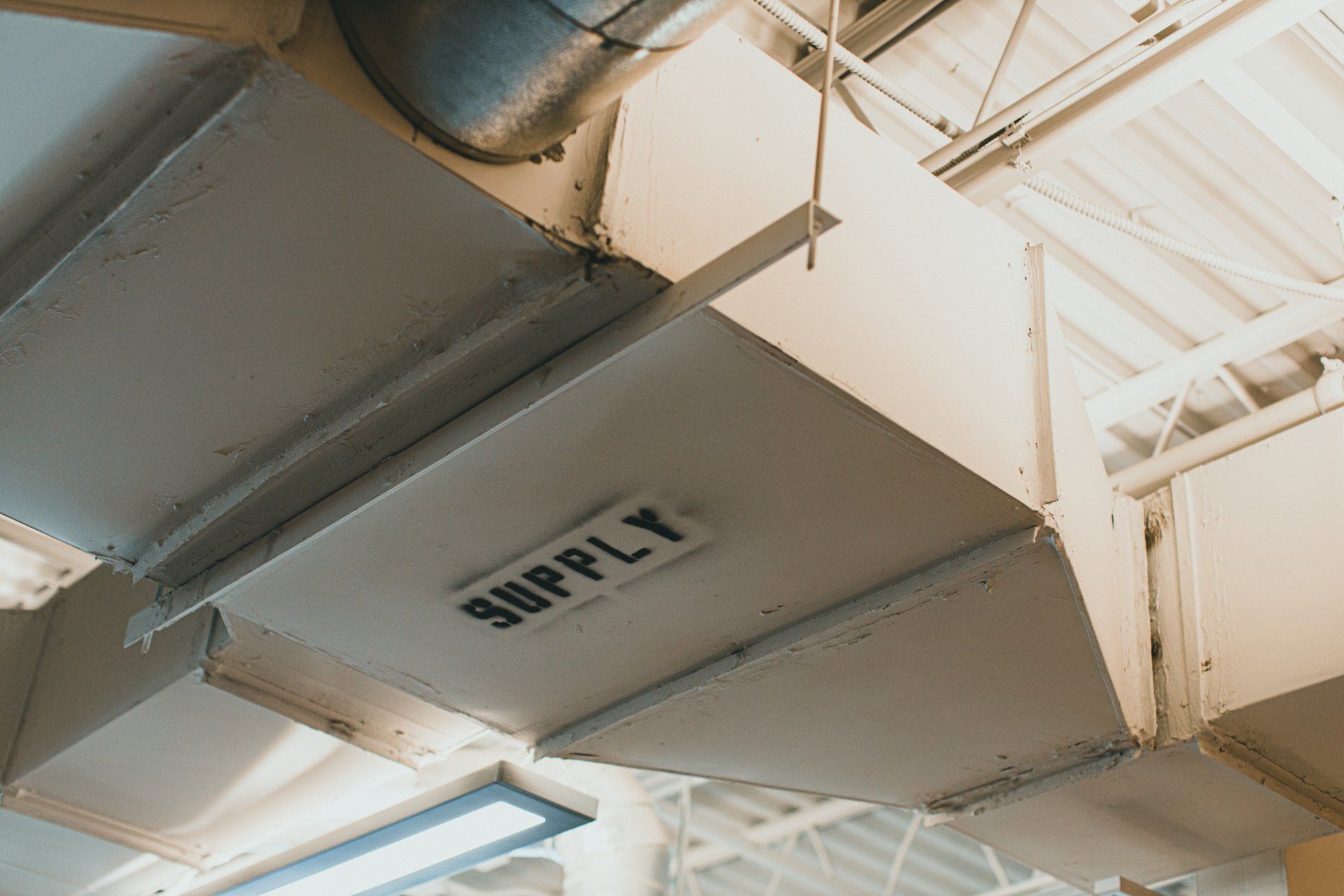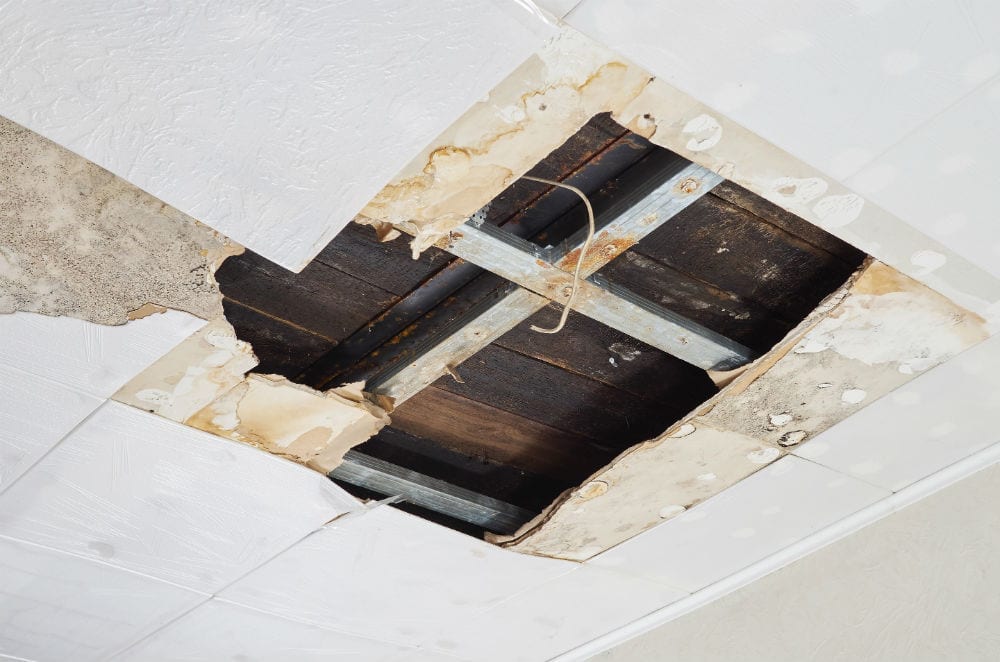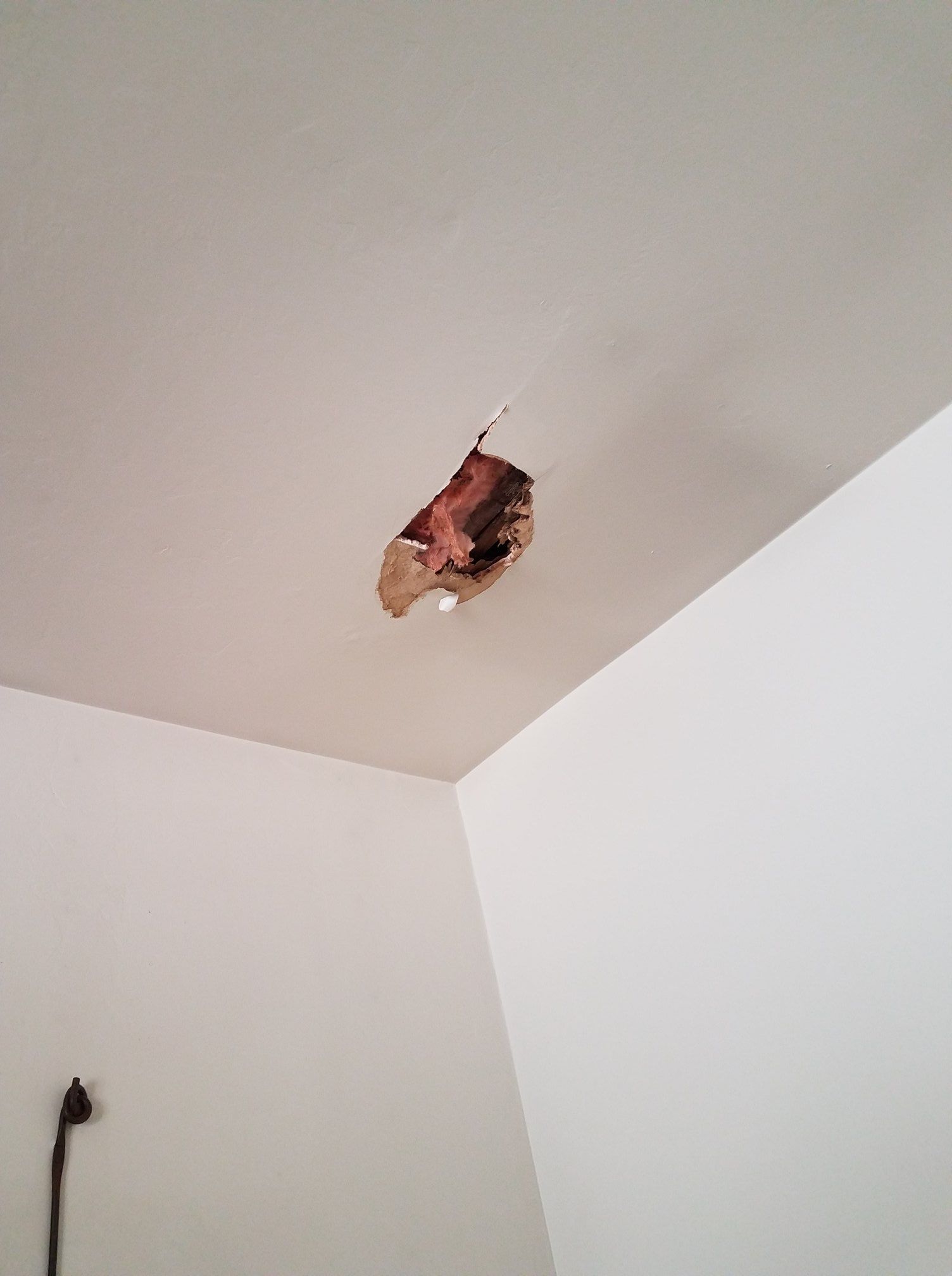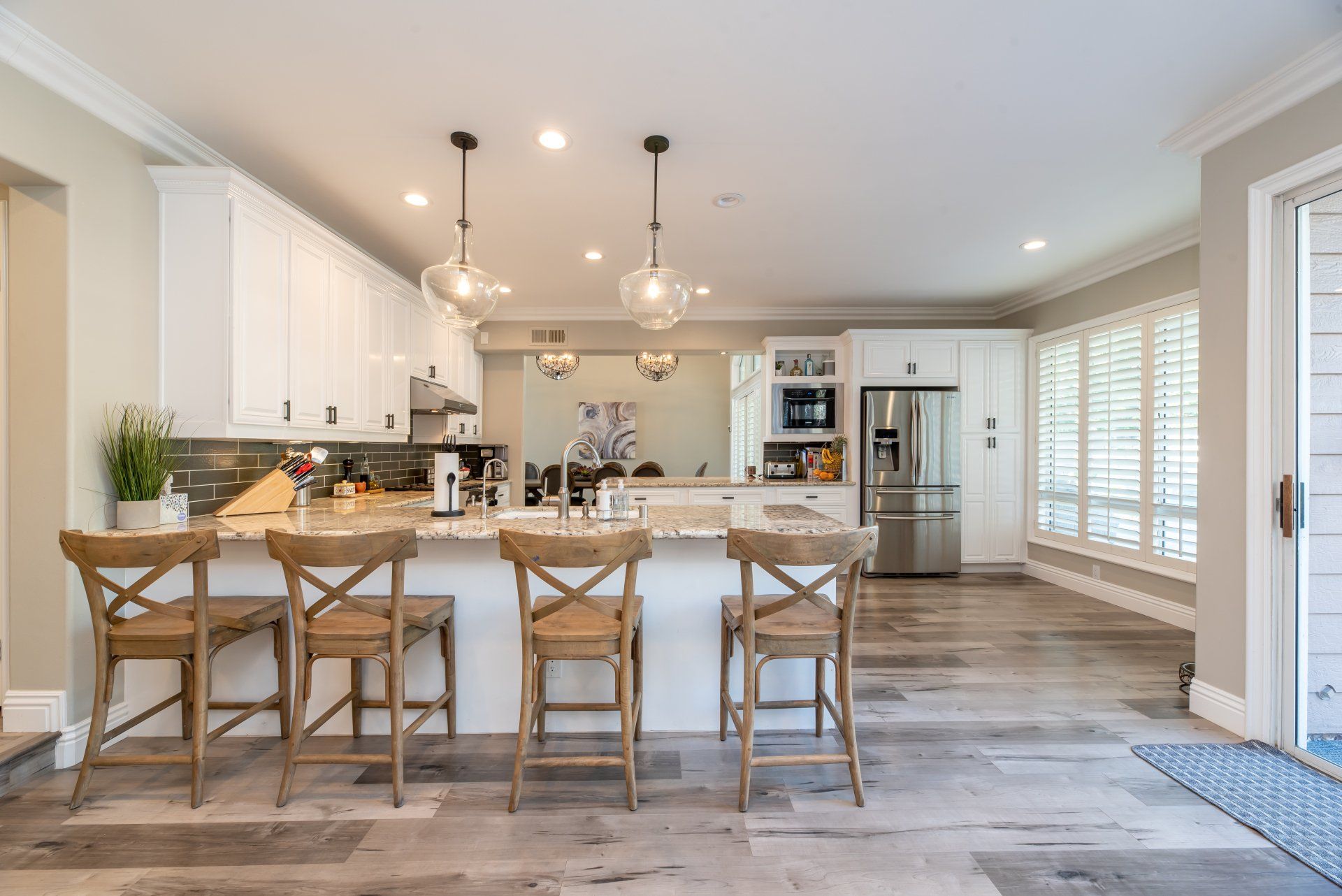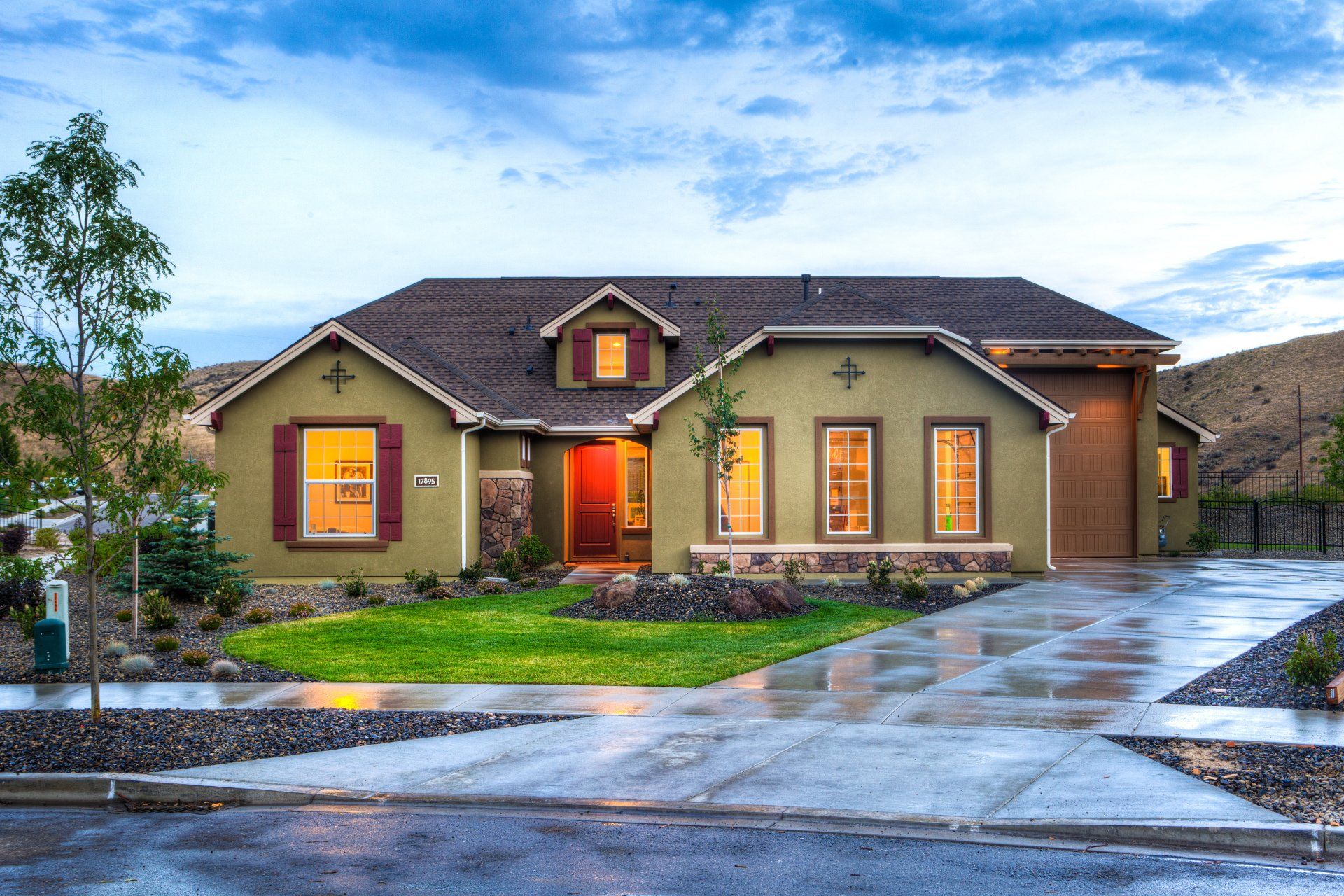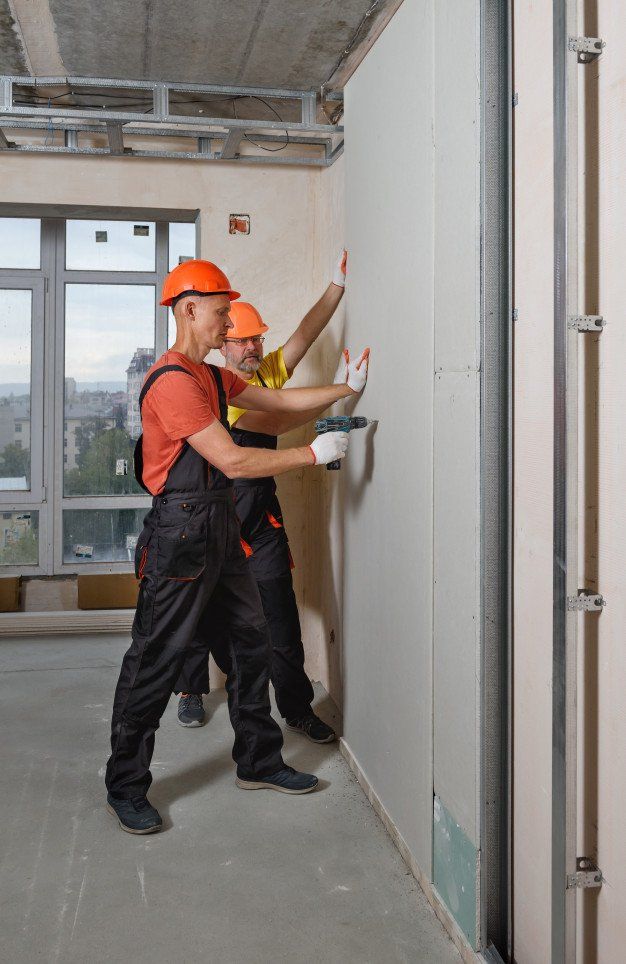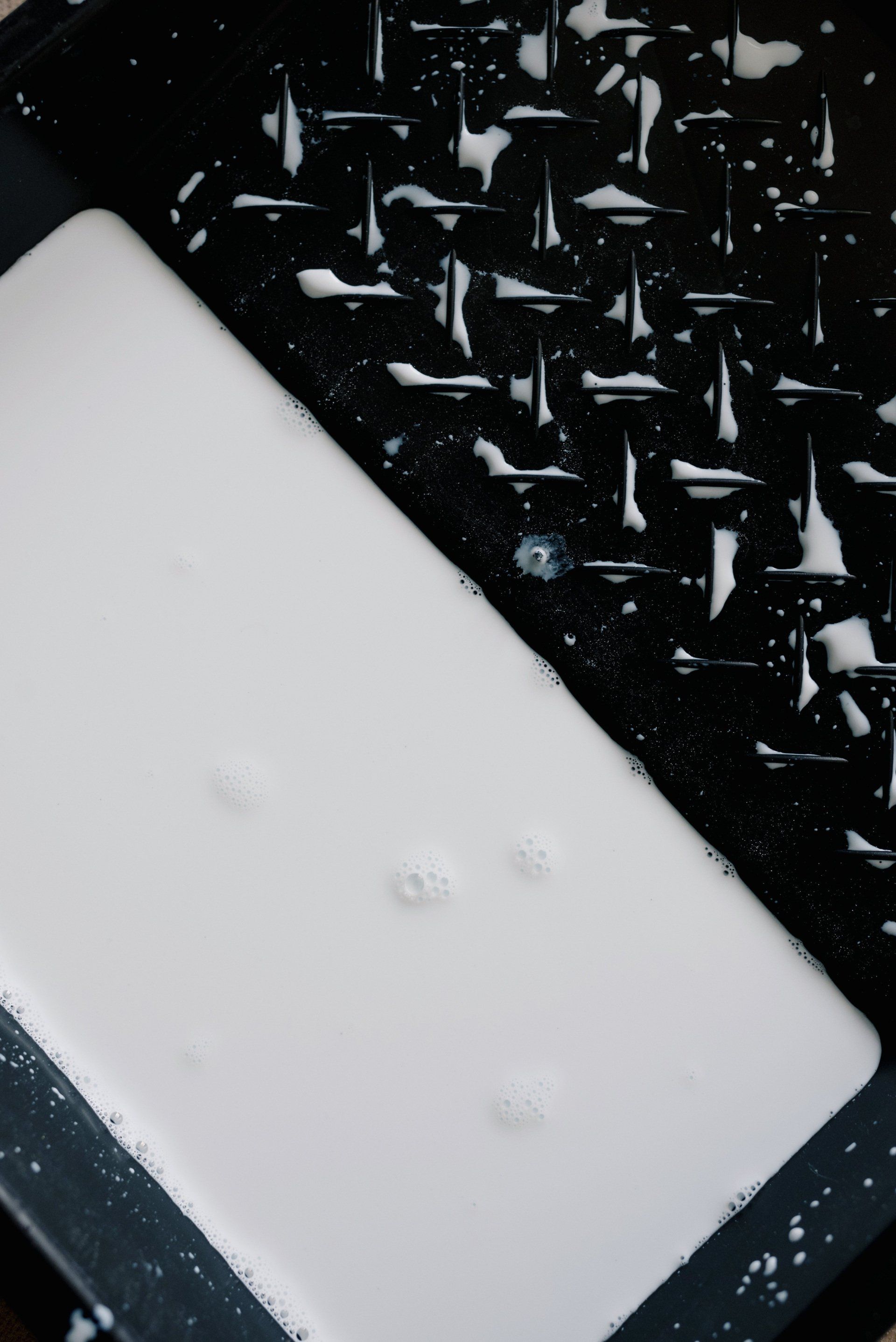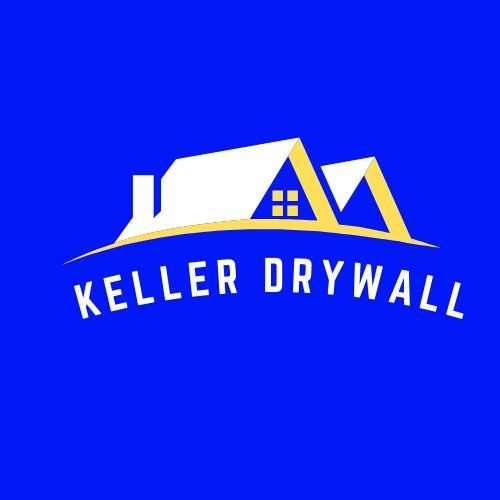Drywall Roofing and Construction Methods
Comprehensive Guide to Drywall, Roofing, and Construction Methods
In the world of home improvement, the integration of drywall installation with roofing and construction is pivotal. Whether you are embarking on a new build or a renovation, understanding these methods ensures the structural integrity and aesthetic appeal of your home. This article delves into the various aspects of drywall roofing and construction, shedding light on the techniques and materials that constitute quality, reliable, and superior roofing and construction.
Understanding Drywall in Construction
What is Drywall?
Drywall, also known as plasterboard or gypsum board, is a versatile building material used in the construction of interior walls and ceilings. It is made from gypsum plaster, sandwiched between two thick sheets of paper. Drywall is favored for its affordability, ease of installation, and smooth finish, making it a staple in modern construction.
Drywall Installation Process
Preparation: The first step in drywall installation involves preparing the area. This includes framing the walls or ceilings where the drywall will be attached. Proper framing ensures that the drywall will be securely anchored.
Measuring and Cutting: Drywall sheets are measured and cut to fit the dimensions of the wall or ceiling. Accurate measurements are crucial to minimize waste and ensure a seamless fit.
Hanging the Drywall:
The drywall sheets are then hung by screwing them into the studs or joists. It is important to ensure that the screws are flush with the surface of the drywall to avoid any protrusions.
Taping and Mudding:
After the drywall is hung, the joints between the sheets are taped and covered with joint compound (mud). This process creates a smooth, continuous surface and hides the seams.
Sanding and Finishing:
Once the joint compound is dry, it is sanded to create a smooth surface. The drywall is then ready for painting or other finishes.
Roofing Methods in Construction
Types of Roofing
Roofing is a critical component of any construction project, providing protection from the elements and contributing to the overall aesthetic of the building. There are several types of roofing materials and methods used in construction:
Asphalt Shingles: Asphalt shingles are a popular choice due to their affordability and durability. They come in various colors and styles, making them a versatile option for many homes.
Metal Roofing: Metal roofing is known for its longevity and resistance to extreme weather conditions. It is available in different materials, including steel, aluminum, and copper.
Tile Roofing: Tile roofing, often made from clay or concrete, offers a distinctive and elegant appearance. It is durable and provides excellent insulation.
Flat Roofing: Flat roofing is common in commercial buildings and some residential designs. It typically involves materials like EPDM rubber, TPO, or modified bitumen.
Roofing Installation Process
Inspection and Preparation: Before installing a new roof, it is essential to inspect the existing roof structure for any damage or weaknesses. Proper preparation ensures a solid foundation for the new roof.
Removing Old Roofing: If re-roofing, the old roofing materials must be removed. This process involves stripping away shingles, tiles, or other materials down to the roof deck.
Repairing the Roof Deck:
Any damage to the roof deck is repaired to provide a stable base for the new roofing materials. This may involve replacing rotten or damaged sections of the deck.
Installing Underlayment:
An underlayment, such as roofing felt or a synthetic membrane, is installed to provide an additional layer of protection against moisture.
Laying the Roofing Material: The chosen roofing material is then installed according to manufacturer guidelines. This step varies depending on the type of roofing material used.
Flashing and Sealing:
Flashing is installed around roof penetrations, such as chimneys and vents, to prevent water leaks. The entire roof is then sealed to ensure it is watertight.
Integration of Drywall and Roofing in Construction
Importance of Quality Roofing and Construction
Quality roofing and construction are paramount to the longevity and safety of any building. Reliable roofing and construction practices ensure that the structure can withstand environmental stresses and remain functional and aesthetically pleasing for years to come.
Certified Roofing and Construction Standards
Certified roofing and construction standards are essential for ensuring that the work meets industry regulations and safety codes. These standards cover everything from the materials used to the installation techniques, ensuring a high level of quality and reliability. Our company makes sure that our work is always as per standards!
Superior Roofing and Construction Techniques
Superior roofing and construction techniques involve using the best materials and practices available. This includes choosing durable roofing materials, ensuring proper insulation, and adhering to meticulous installation processes. Superior construction not only enhances the lifespan of the building but also improves energy efficiency and comfort.
Reliable Roofing and Construction Practices
Reliability in roofing and construction comes from consistent application of best practices and attention to detail. This includes regular maintenance, prompt repairs, and using high-quality materials that meet industry standards.
Re-Roofing and Construction Considerations
Re-roofing involves replacing the existing roof of a building. This process requires careful consideration of the current roof’s condition, the new roofing material’s compatibility, and the overall impact on the building’s structure and appearance. Reliable re-roofing and construction practices ensure a seamless transition and long-lasting results.
All Roofing and Construction Services
All roofing and construction services encompass a wide range of tasks, from initial installation and regular maintenance to repairs and upgrades. Comprehensive services ensure that every aspect of the roof and construction is covered, providing peace of mind and security for the building's occupants.
Facing ceiling water damage? Worry not! head over to our blog on accessing ceiling water damage and make the right decision with repairs.
Conclusion
Understanding the intricacies of drywall, roofing, and construction methods is essential for maintaining the structural integrity and aesthetic appeal of any building. Quality, reliable, and superior roofing and construction practices ensure that your home or commercial property remains safe, durable, and visually pleasing. By adhering to certified standards and employing meticulous techniques, you can achieve a well-constructed and long-lasting roof and interior.


